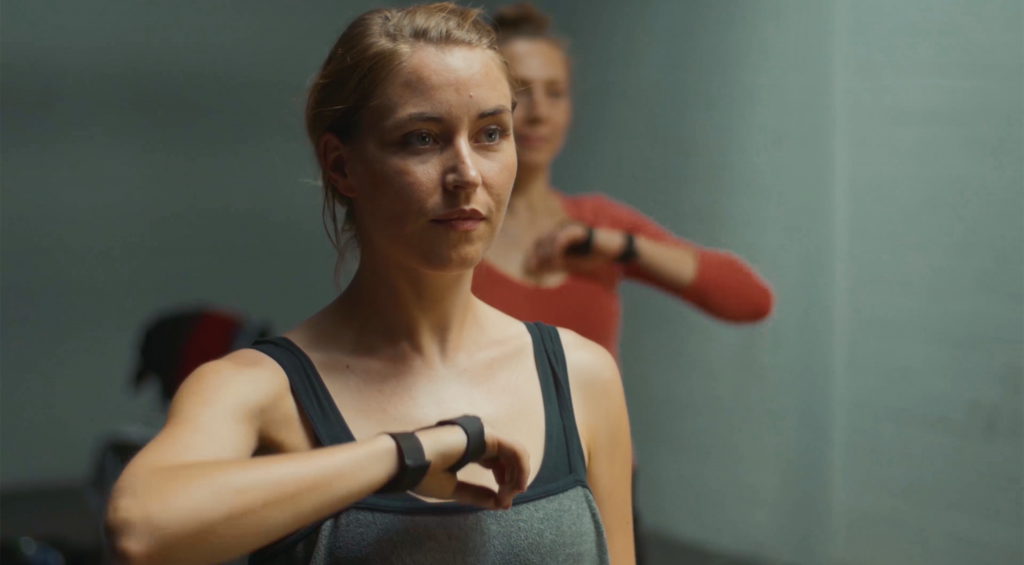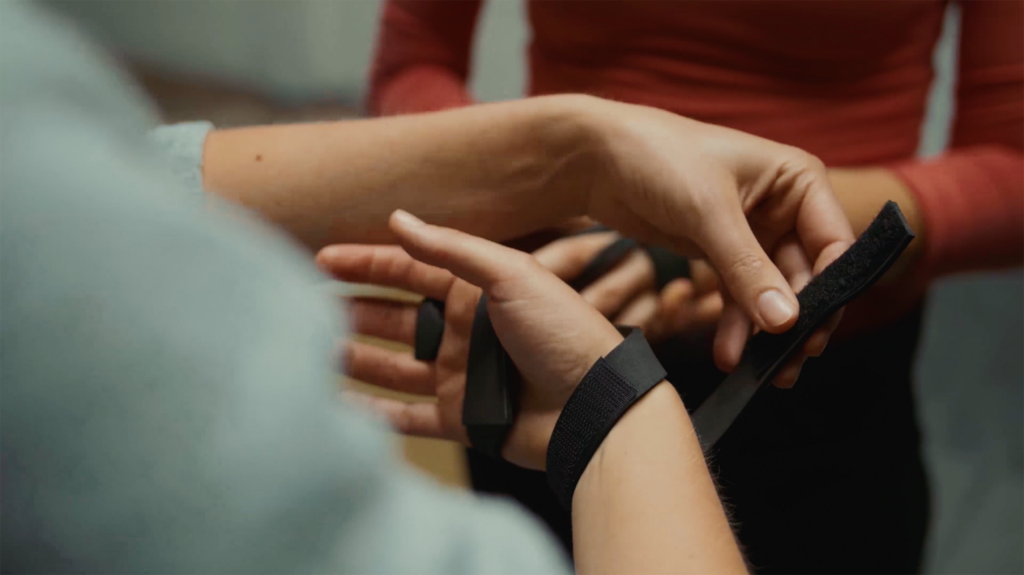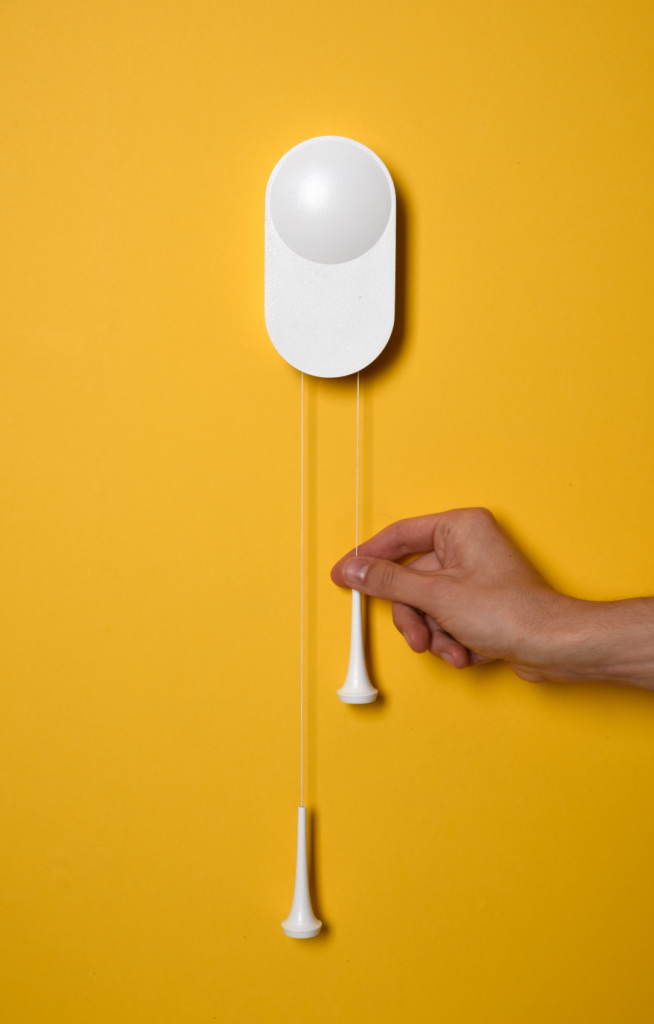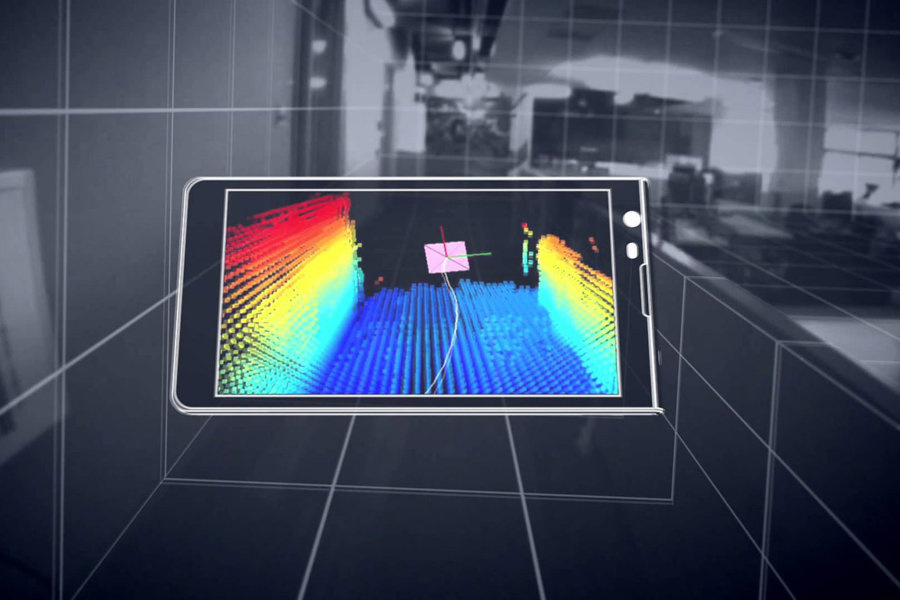2016
On the Internet of Things
In the web of things
Supervision
Prof. Dr. Claudia Müller-Birn, Freie Universität Berlin
Prof. Carola Zwick, Kunsthochschule Berlin-Weißensee
Everyone is talking about connectedness. Now that we are all more or less networked, whether mobile or location-independent, the next wave of connectivity is already taking place. Concerning the Internet of Things, objects are now supposed to network themselves independently. That sounds exciting and scary at the same time.
The Internet of Things describes a development we cannot escape but should urgently help shape. How can we get to the bottom of a new quality of things? What happens when atoms can suddenly act like bits and bites? How can we perceive, initiate and resolve connections? How do we deal with invisibility?
Novel product and interaction concepts need to be developed to make intelligent and meaningful use of these new networking possibilities and to enable us to experience their specific qualities.
Mirror


Judith Glaser, Design
Sören Titze, Computer Science
Communicating motion employing tactile feedback – Body perception has an essential role in the development of our personality. It affects the physical, mental, social and emotional aspects of our being. Motion routines such as walking or biking would become impossible without body perception. Experiencing one’s own body with all our senses promotes self-confidence and self-esteem.
MIRROR is an explorative tool for an extended experience of motion. Equipped with a gyroscope, a magnetometer and an accelerometer, MIRROR collects motion data and shares it via Bluetooth. Using pulse width and spacing, it is possible to create soft transitions. Directions, rotations, tilting movements or entire motion sequences are communicated using a combination of motors. A whole new dimension for the tutor-trainee relationship is the result. Various modes interpret the collected motion data differently. The settings can be accessed via an app for mobile devices to achieve a maximum of flexibility. In addition to application contexts such as gaming and performing arts, the tactile feedback qualities discovered hold significant potential for human-machine interactions in general.
Flux

Peter Sörries, Design
In the age of digitalism, short and fast transactions are a part of our daily life. We are used to paying with intuitive finger gestures in a few seconds with banking apps or with credit cards.The payment possibilities are immense, but at a certain point, we lose track of our finances.
Flux is a project which translates digital data from the bank account into a physical output without the use of numbers. Flux is an attempt to change the user’s understanding of their personal finances— it gives them the opportunity to influence their own money matters in a positive, easy way. The artifact is small and restrained, so it will fit into any situation. Just place this stationary sculpture on the wall and interact with it whenever you like. Flux is able to receive and broadcast data, giving you a simple understanding of your own finances. The artifact visualizes and encodes you cashflows with two pendulums. The left pendulum represents your saving account while the right one shows the remaining budget in you checking account. Just activate Flux with a short knock on the upper front of the housing, and watch as both pendulums automatically adjust to your latest account balance. Flux can be activated as often as you’d like, and it gives you the opportunity to act immediately when your account is out of balance. In this particular case, you would pull down the right pendulum to recharge your account balance. The saving account pendulum will shorten itself simultaneously, transferring the money from your savings to your checking account.
SixthSense


Mattis Obermann, Design
Dominik Ganghofer, Computer Science
Everything goes wireless. We permanently use electromagnetic waves to communicate, for example, cellular, wifi or radio. While it is essential for us to have cellular signal we have little imagination of the electromagnetic fields that surround us and that we interact with on a daily basis. Could these be visualized to extend our perception?
Many mobile and stationary devices have sensors that measure electromagnetic fields along other things. In near future those devices will be able to localize themselves in three-dimensionalspace. Google‘s Project Tango is an example of such a technology. We used a Tango Tablet to create a tool that can measure signals and create a representation of the measured values at their location in augmented reality. While the tablet is moved through space the user creates a threedimensional map of the field. Through the device one can analyze the map and get an understanding of the surrounding radiation. The measured data can be stored and shared with other users. Multiple devices can constantly collect data while they are being used for other purposes – imagine a robotic vacuum mapping the Wifi signal on the go.
One could use the created maps to understand the mobile signal distribution in an apartment. Network administrators could visually analyze different WiFi-Networks and how they overlap in spaces. Individual devices like the range of a bluetooth speaker could be visualized. A person sensitive to radiation could try to find a safe place to put the bed. In an educational context magnetic fields do not have to be explained through iron shavings but through three dimensional vectors of the field.
With more and more connected devices being introduced we expect a variety of possible data sources for our maps in the near future. The process of active measuring becomes less important since more and more data will be available. In public spaces or shopping malls shop owners could offer information to their customers. A cafe will let you know where you can connect to their network. The tools becomes less of a sensor and more like a window into the invisible layers of space.